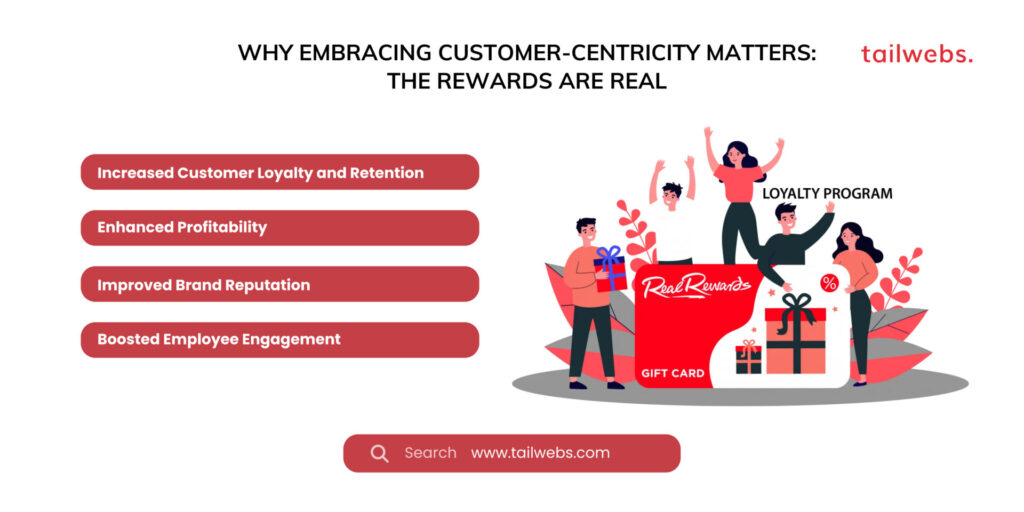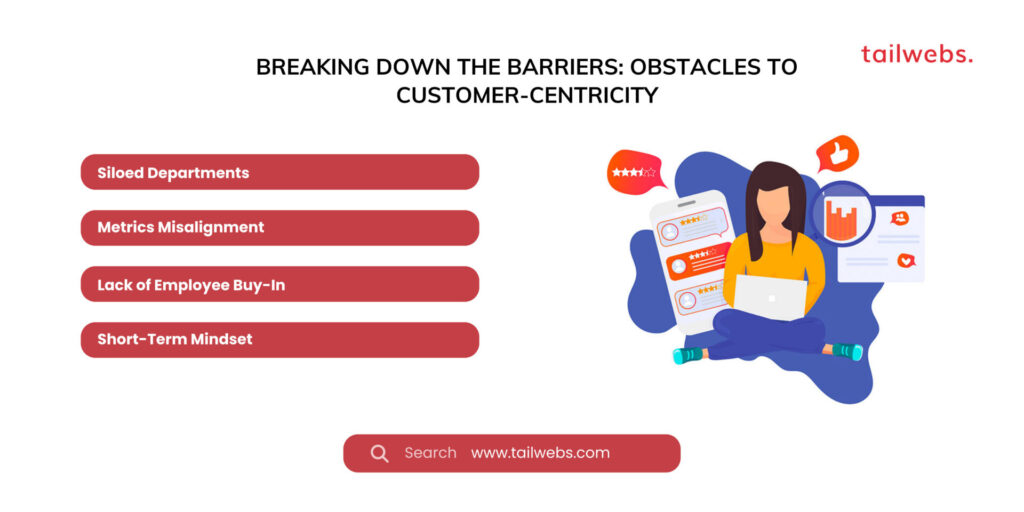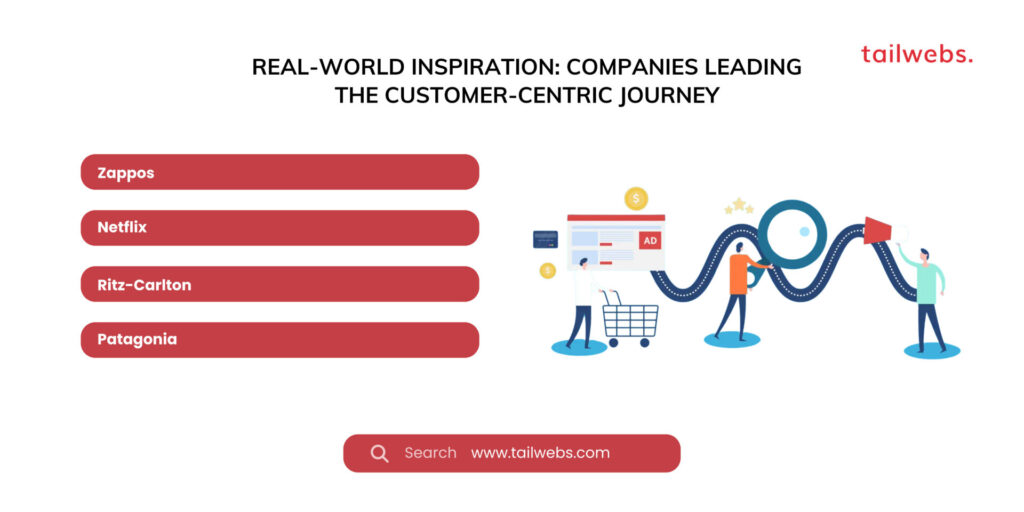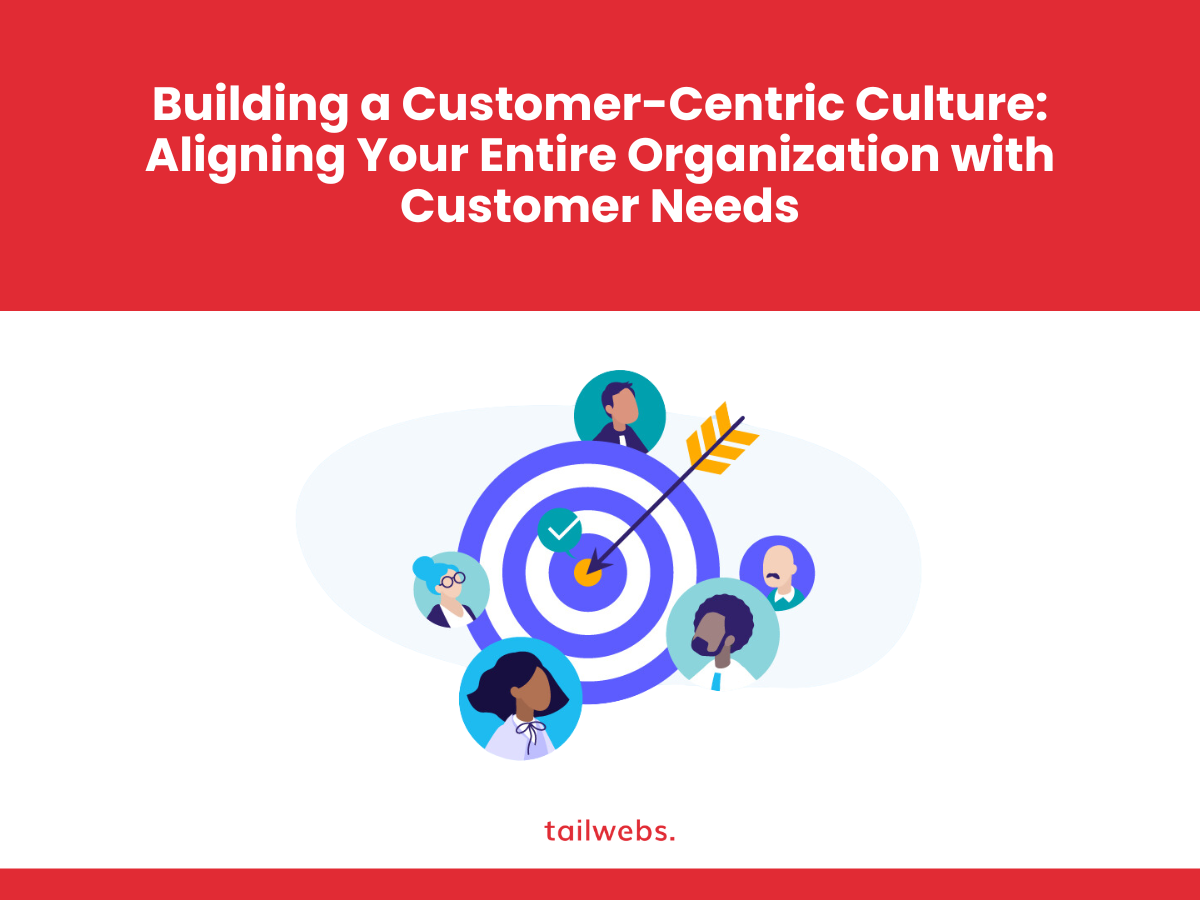In today’s experience-driven economy, one truth reigns supreme: happy customers are the bedrock of sustainable success. Yet, achieving genuine customer-centricity requires more than just lip service. It demands a profound shift in organizational culture, one where every department, team member, and decision revolves around understanding and exceeding customer expectations.
This blog delves into the intricacies of building a customer-centric culture, providing practical strategies and insights to align your entire organization with customer needs. We’ll explore the benefits, uncover potential roadblocks, and equip you with actionable steps to transform your company into a customer magnet.
Why Embracing Customer-Centricity Matters: The Rewards Are Real
The pursuit of a customer-centric culture isn’t simply a fluffy ideal; it’s a strategic imperative with tangible rewards:
Increased Customer Loyalty and Retention:
Studies show that companies with strong customer-centric cultures boast 60% higher customer retention rates. Loyal customers are repeat customers, brand advocates, and the source of organic growth.
Enhanced Profitability:
Increased customer retention translates to higher revenue and reduced customer acquisition costs. A Harvard Business Review study found that a 5% increase in customer retention can boost profits by 25% to 95%.
Improved Brand Reputation:
Positive customer experiences fuel positive word-of-mouth, ultimately shaping your brand image and attracting new customers. A report by Edelman stated that 62% of consumers trust company information over traditional advertising.
Boosted Employee Engagement:
When employees understand how their work impacts customers, they feel more connected to their purpose and become more engaged in their roles. Engaged employees provide better customer service and fuel innovation.

Breaking Down the Barriers: Obstacles to Customer-Centricity
While the benefits are undeniable, transitioning to a customer-centric culture can be challenging. Here are some common roadblocks:
Siloed Departments:
Organizational structures divided by function can create a disconnect from the customer perspective, hindering collaboration and hindering customer-centric decision-making.
Metrics Misalignment:
Focusing on internal metrics like profitability without considering customer metrics like satisfaction can lead to misaligned priorities and subpar customer experiences.
Lack of Employee Buy-In:
Without clear communication and training, employees may not understand the importance of customer-centricity or how their roles contribute to it.
Short-Term Mindset:
Prioritizing immediate returns over long-term customer satisfaction can lead to quick fixes that don’t address the root causes of customer issues.

Building the Bridge: Practical Steps to a Customer-Centric Culture
Overcoming these roadblocks requires a comprehensive and sustained approach. Here’s how to lay the foundation for a customer-centric culture:
1. Leadership Commitment:
Strong customer-centricity starts at the top. Executive leadership must actively champion the initiative, communicate its importance to all levels, and lead by example.
2. Customer-Centric Values:
Define core values that prioritize customer needs, such as empathy, responsiveness, and continuous improvement. Integrate these values into every aspect of your organization, from hiring and training to performance evaluations.
3. Cross-Functional Collaboration:
Break down silos and encourage collaboration between departments. Create customer-centric teams with representatives from different functions to solve problems and develop customer-focused solutions.
4. Customer Data is King:
Empower your entire organization with access to customer data, including feedback, complaints, and satisfaction metrics. Use this data to inform decisions, personalize experiences, and identify areas for improvement.
5. Invest in Employee Training:
Equip your team with the necessary skills and knowledge to understand customer needs, deliver exceptional service, and resolve issues effectively. Training should cover topics like communication, empathy, and problem-solving.
6. Empower Employees:
Trust your employees to make customer-centric decisions within their authority. Give them the autonomy to resolve issues and go the extra mile for customers, fostering a sense of ownership and engagement.
7. Measure and Track Progress:
Regularly track customer satisfaction metrics and monitor the impact of your customer-centric initiatives. Use data to identify areas for improvement and adjust your strategies accordingly.
8. Celebrate Success Stories:
Recognize and reward employees who go above and beyond for customers. Sharing success stories and positive customer feedback reinforces the importance of customer-centricity and motivates employees to continue striving for excellence.
Real-World Inspiration: Companies Leading the Customer-Centric Journey
To fuel your own transformation, let’s look at companies paving the way for customer-centric excellence:
Zappos:
Renowned for their “Wow” customer service, Zappos empowers employees to go the extra mile, like sending flowers to a frustrated customer or overnighting shoes for a birthday party.
Netflix:
This streaming giant personalizes recommendations, analyzes viewing habits, and adapts its content offerings based on customer preferences, creating a highly engaging experience.
Ritz-Carlton:
Their motto, “We are ladies and gentlemen serving ladies and gentlemen,” empowers employees to anticipate and exceed guest expectations, creating unforgettable moments of luxury.
Patagonia:
This outdoor apparel company champions sustainability and environmental responsibility, aligning with its customers’ values and building trust through authentic brand engagement.
These examples showcase the diverse ways companies can put customer-centricity into action. By learning from their successes and applying their principles to your own context, you can embark on your own customer-centric journey.

Conclusion: A Culture of Shared Success
Building a customer-centric culture is an ongoing journey, not a destination. It requires constant dedication, unwavering commitment, and a willingness to adapt and learn. But the rewards are immeasurable. By aligning your entire organization with customer needs, you unlock a powerful source of growth, loyalty, and sustainable success. Remember, in today’s competitive landscape, the companies that truly understand and value their customers are the ones who will rise above the rest.
Building a Customer-Centric Culture: The Journey Starts Now
We’ve explored the intricacies of crafting a customer-centric culture, from the undeniable rewards to the practical steps to achieve it. Now, the question isn’t “why” but “how” – how do you translate these insights into concrete action and embark on this transformative journey?
The answer lies in a commitment to continuous improvement, fueled by leadership that champions the cause, employees empowered to go the extra mile, and data that guides your every decision. Remember, customer-centricity isn’t just a slogan; it’s a living, breathing philosophy permeating every facet of your organization.
Here’s your call to action:
Start small:
Choose one actionable step from the blog and implement it today. It could be conducting a customer survey, gathering feedback from frontline employees, or simply initiating a cross-departmental discussion about customer needs.
Embrace transparency:
Share your customer-centric goals with your team, track progress against key metrics, and celebrate successes along the way. Transparency fosters accountability and keeps everyone invested in the journey.
Empower your people:
Equip your employees with the tools and training they need to understand and prioritize customer needs. Trust them to make customer-centric decisions within their authority and watch your culture flourish.
Never stop learning:
Customer needs and expectations constantly evolve. Stay curious, gather feedback, and adapt your strategies based on new insights.
Building a customer-centric culture is not a one-time project; it’s a continuous evolution. By taking those first steps, nurturing a culture of empathy and action, and constantly striving to exceed expectations, you’ll transform your organization into a customer magnet, reaping the rewards of loyalty, growth, and sustainable success.
Remember, in the customer-centric landscape, the most compelling stories aren’t written; they’re experienced. Start yours today.





